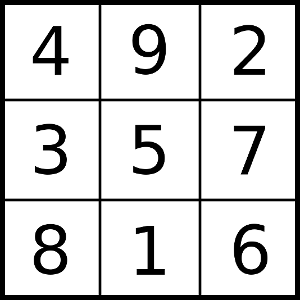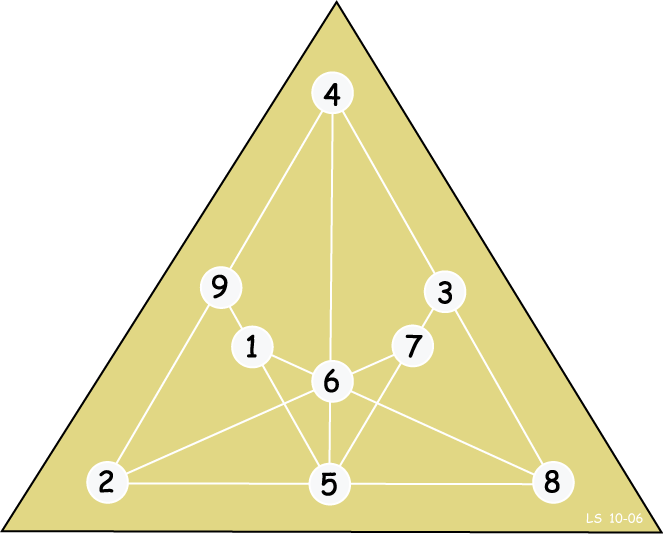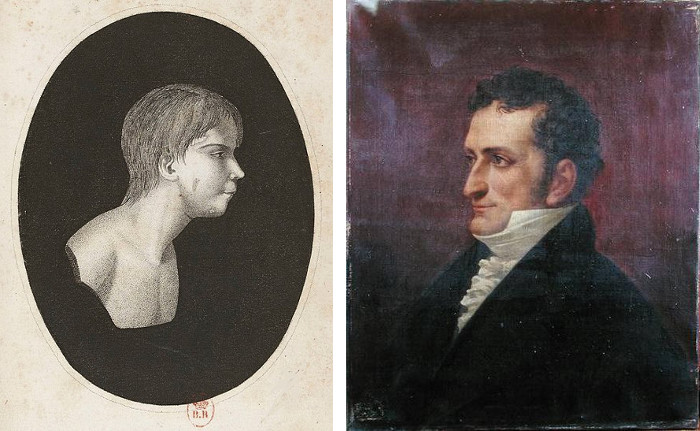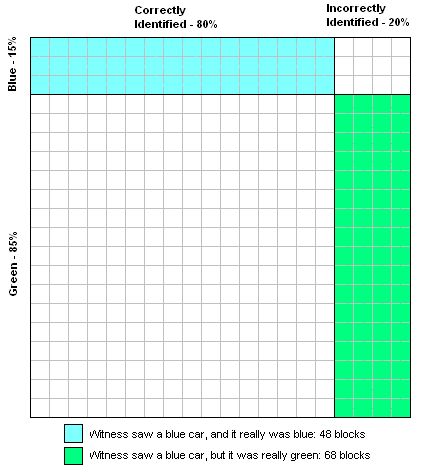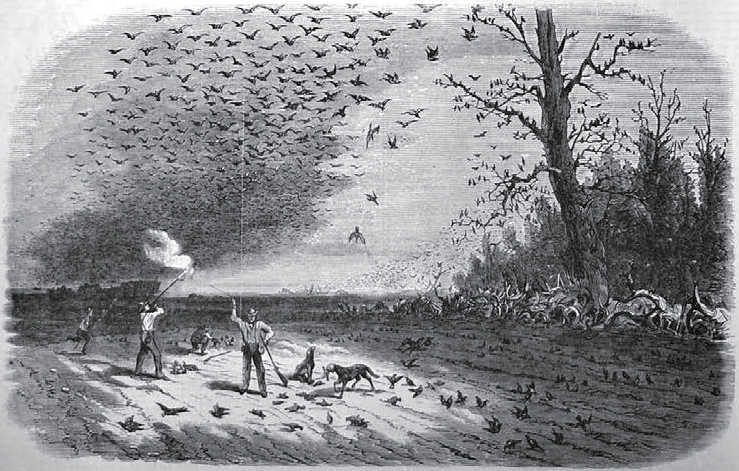
I just noticed this last night in Joseph Wood Krutch’s Treasury of Bird Lore — in 1832 ornithologist Alexander Wilson encountered a flock of passenger pigeons near Frankfort, Kentucky, that he estimated at 2,230,270,000 birds. If each bird ate only a pint of beech nuts in the course of a day, the flock would consume nearly 35 million bushels a day. A century and a half earlier, in 1687, Louis Armand, Baron de Lahontan, reported that pigeons had “so swarmed and ravaged the colonists’ crop near Montreal that a bishop was constrained to exorcise them with holy-water, as if they had been demons.”
Yet by 1914 human rapacity had reduced the species to a single bird, Martha, who died that year at the Cincinnati Zoo.
See The Eighth Plague.



